FAQs about Laryngoscope Size for Safe and Effective Intubation
Dec 11, 2024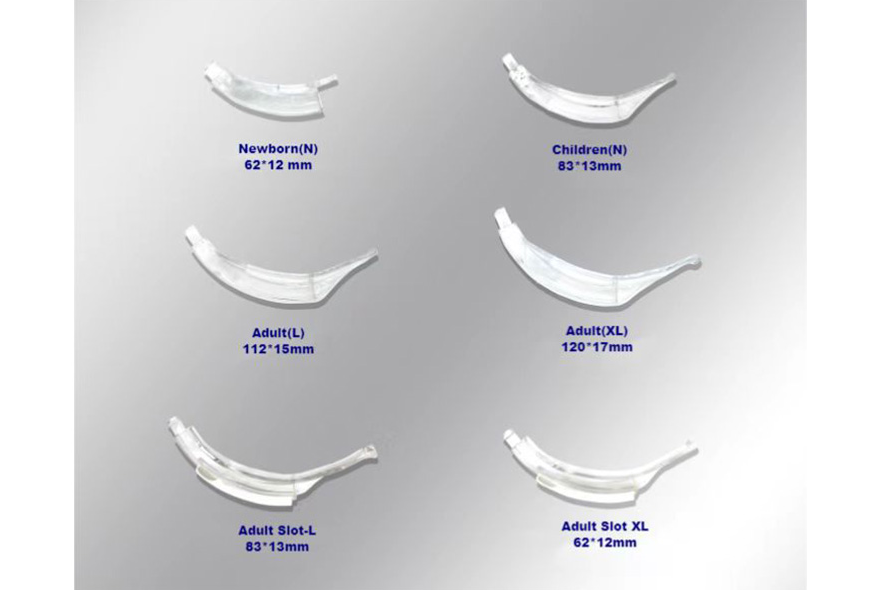
When was the last time you thought about the size of the tools doctors use to manage airways during surgery or in emergency situations? While many of us focus on the intricacies of medical procedures, one essential piece of equipment often goes unnoticed—the laryngoscope. The laryngoscope is a vital tool for visualizing the larynx (voice box) and facilitating the insertion of a breathing tube, or intubation, in patients.

But did you know that the size of the laryngoscope blade is crucial for both patient safety and procedural success? Whether for routine surgeries, critical care, or emergency management, choosing the correct laryngoscope size can mean the difference between a smooth procedure and a complication-filled one.
In this blog, we will explore why size matters when it comes to laryngoscopes, how to select the right blade, and the factors to keep in mind, especially when working with pediatric or neonatal patients. We’ll also take a look at innovative laryngoscope options from leading suppliers like Mole Medical, which enhance the intubation process with advanced features.
What is a Laryngoscope and Why is Size Important?
The Laryngoscope: A Lifeline in Airway Management
A laryngoscope is a medical instrument used to visualize the larynx and facilitate the insertion of a breathing tube into a patient’s trachea (windpipe). It is an essential tool in various medical settings, from surgeries requiring anesthesia to emergency scenarios where airway management is critical. In a life-threatening situation, quick and precise intubation can be the difference between life and death.
A laryngoscope consists of a handle and a blade. The blade comes in different shapes and sizes, designed to lift the patient’s tongue and epiglottis to expose the vocal cords and airway. The size of the blade directly impacts the ease with which healthcare professionals can visualize and access the airway. An improperly sized laryngoscope can lead to complications such as trauma to the airway, difficulty in intubation, or even failure to intubate altogether.
The Critical Role of Blade Size
The size of the laryngoscope blade plays a significant role in ensuring optimal visibility and minimizing trauma. An appropriately sized blade ensures better access to the airway and reduces the force needed to manipulate the device. If the blade is too small, it may not expose the larynx sufficiently, while if it is too large, it could cause unnecessary injury to sensitive airway structures. Therefore, the right size is essential for the safety and success of the intubation procedure.
How to Choose the Right Laryngoscope Size
Key Factors for Choosing the Right Blade Size
Selecting the correct laryngoscope size is not a one-size-fits-all decision. Several factors influence the choice, with the patient’s age, body size, and anatomy being the most important considerations. In general, medical professionals choose blades based on the following guidelines:
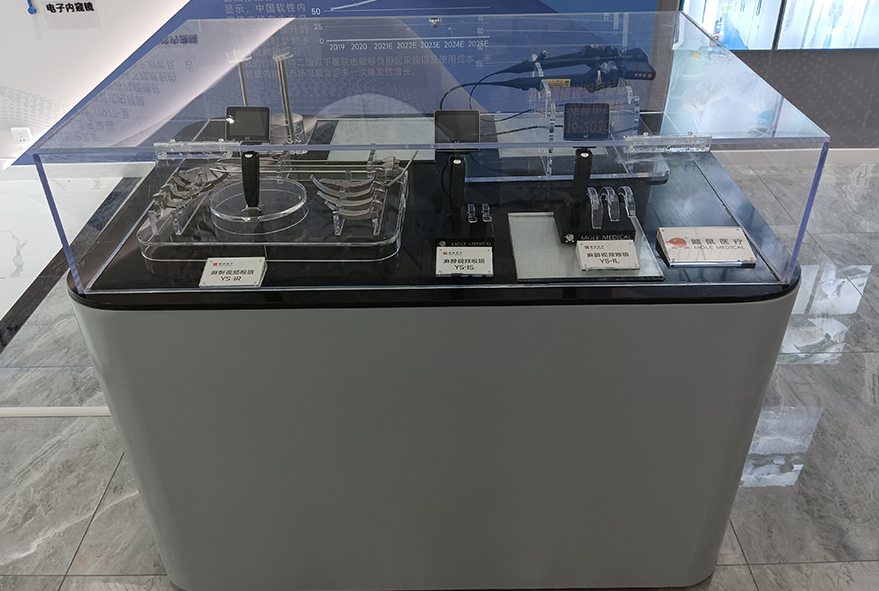
Patient’s Age: Adults, children, and infants all require different blade sizes.
Patient’s Size and Anatomy: Larger individuals may need bigger blades, while smaller patients require smaller ones.
Blade Type: Curved vs. Straight
Laryngoscopes come with two main types of blades: curved (Macintosh) and straight (Miller). Each blade type has its advantages, and the choice depends largely on the patient’s anatomy and the practitioner’s preference.
Curved (Macintosh) Blade: This is the most common blade used for adult patients. The curve of the blade indirectly lifts the epiglottis, allowing for better visualization of the vocal cords. It is generally used in adults or larger children.
Straight (Miller) Blade: The straight blade directly lifts the epiglottis, providing a more direct view of the vocal cords. It is typically used for pediatric patients, especially infants, whose epiglottis is more flexible and requires more direct manipulation.
Common Laryngoscope Blade Sizes
Laryngoscope Blade Sizes for Adults
In adults, the most commonly used blade sizes are:
Size 3 Blade: This is the standard size for most adults with average-sized airways. It offers a good balance between visibility and ease of manipulation.
Size 4 Blade: This size is used for patients with larger airways or adults with a large body size. It provides a better fit and more effective exposure in these cases.
Laryngoscope Blade Sizes for Children and Infants
For pediatric patients, smaller blades are needed:
Infants (up to 1 year): Generally, a size 0 or 1 blade is used, as these patients have smaller airways and a more delicate structure.
Children (1-8 years): For toddlers and young children, sizes 1 or 2 blades are commonly used, depending on their size and anatomy.
What Happens If the Blade Size is Incorrect?
Blade Too Small: A Recipe for Difficulty
A blade that is too small may not offer sufficient visibility, making it difficult for the medical team to properly intubate the patient. In some cases, the intubation procedure may require excessive force, which can cause injury or damage to the airway structures.
Blade Too Large: Increased Risk of Injury
On the other hand, if the blade is too large, it can cause trauma to the airway, including damage to the teeth, gums, or soft tissues. It may also be harder to maneuver, especially in patients with smaller mouths or narrower airways. The larger blade can increase the risk of complications during intubation, making it harder for clinicians to successfully complete the procedure.
Special Considerations for Pediatric Patients
Neonatal and Infant Intubation: The Need for Gentle, Smaller Blades
Pediatric patients, particularly neonates and infants, require special consideration when selecting the right laryngoscope blade. Their smaller airways demand blades that are not only smaller in size but also designed to cause minimal trauma. In these delicate patients, using a blade that is too large can be catastrophic, leading to injury, swelling, or other airway complications.
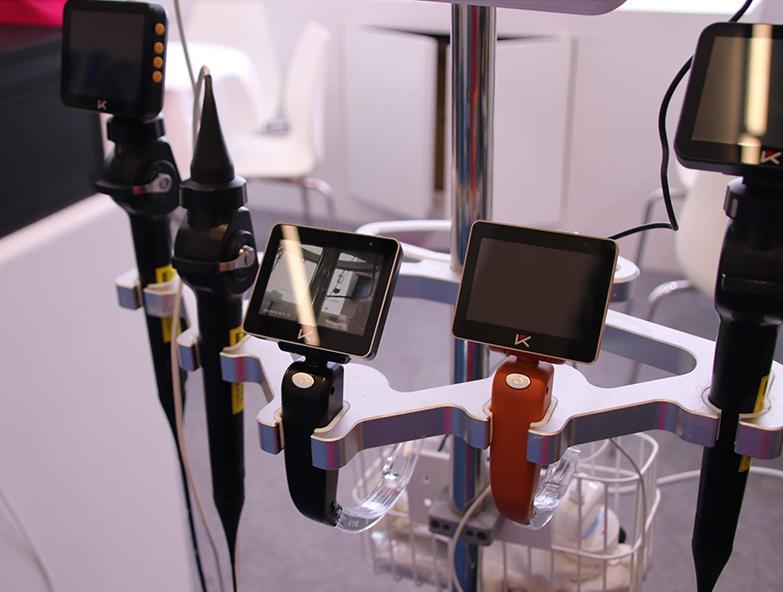
Neonates (less than 1 year) typically require a size 0 or 1 blade.
Toddlers and young children (1-8 years) usually require a size 1 or 2 blade.
For these patients, specialized equipment that prioritizes gentle handling is critical to ensuring safe intubation.
Innovative Laryngoscope Solutions from Mole Medical
Enhancing Airway Management with Advanced Technology
Mole Medical offers a range of advanced laryngoscopes designed to meet the diverse needs of patients across different age groups and medical conditions. Their innovative products, such as the Anesthesia Laryngoscope and Pediatric Laryngoscope, are designed to streamline and enhance the intubation process.
Key Features of Mole Medical Laryngoscopes:
Video Laryngoscope Integration: These laryngoscopes combine traditional Macintosh blade design with video visualization, allowing for direct and video-assisted intubation. This dual functionality is particularly useful in complex or difficult intubation scenarios.
Anti-Fog Camera: The video laryngoscopes come equipped with an anti-fog camera, which clears within 15 seconds upon activation. This feature is particularly useful in high-pressure, urgent situations where clear visibility is essential.
Disposable Blades: Mole Medical’s laryngoscopes feature disposable blades made from medical-grade materials, ensuring hygiene and reducing the risk of cross-contamination between patients.
High-Definition Display: With a 3-inch anti-reflective screen and 2-megapixel camera, the device ensures high-quality visualization during intubation procedures.
Lightweight and Portable: These laryngoscopes are designed to be both lightweight and portable, making them ideal for use in emergency settings or confined spaces.
Multiple Blade Sizes: Available in five different blade sizes, from neonates to adults, Mole Medical’s laryngoscopes are versatile and can be used across various patient demographics.
Conclusion
Choosing the right laryngoscope size is critical to ensuring the success of airway management procedures. From adults to pediatric patients, the proper blade size can significantly impact the ease of intubation, the safety of the patient, and the likelihood of a successful outcome. By understanding the different blade sizes and their applications, healthcare professionals can make better decisions that enhance patient care.
As technology advances, suppliers like Mole Medical are providing cutting-edge laryngoscopes that incorporate video visualization, anti-fog cameras, and disposable blades to improve intubation procedures. With these innovations, the future of airway management looks brighter and more efficient, offering enhanced safety for both patients and medical practitioners.
Whether you are preparing for a routine surgery or an emergency airway situation, always remember that the right laryngoscope size is one of the most important factors in ensuring a safe and successful intubation.
Categories
Latest Articles

CE Get√ Disposable bronchoscope and Disposable uroscope!
CE Get√disposable bronchoscope and disposable uroscope!Factory direct sales. Welcome to inquire. OEM is available.

Mole Medical invites you to meet at Expomed Eurasia 2025
Mole Medical invites you to meet at Expomed Eurasia 2025 Mole Medical sizi Expomed Eurasia 2025'te buluşmaya davet ediyor

Mole Medical invites you to meet the 91st China International Medical Equipment Fair (2025 Shanghai CMEF)
Dear partners at home and abroad:In the era of the booming development of global Medical technology, Mole Medical has always adhered to the original intention of innovation, and made intensive efforts in the field of medical endoscopes, constantly making technological breakthroughs and developing high-quality products. On this occasion, we cordially invite you to attend the ... Read more
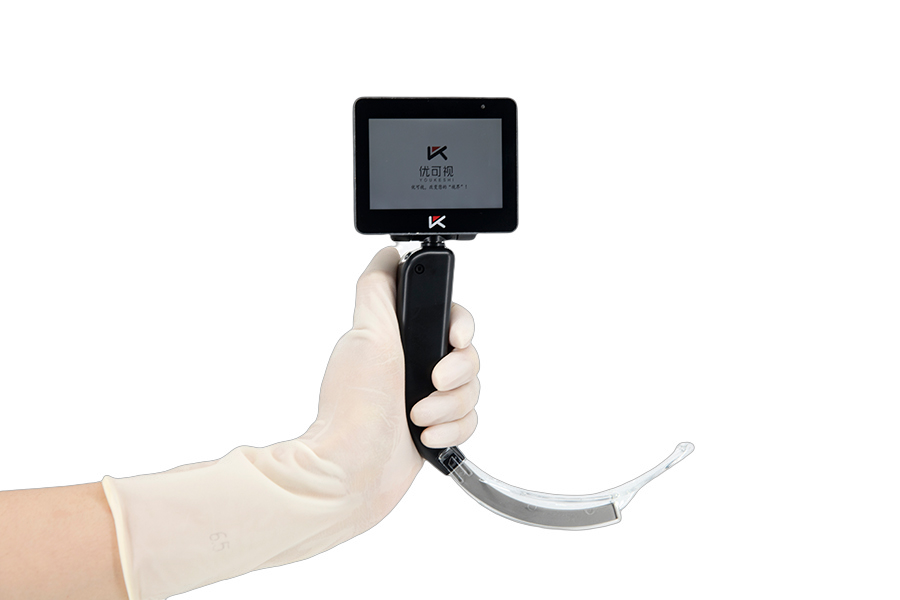
Essential Laryngoscope Parts and Their Vital Uses
The laryngoscope is a vital medical instrument that allows doctors to examine the throat and vocal cords with precision. By providing a clear view of the airway, it plays a crucial role in various medical procedures, particularly in airway management. This tool is essential for ensuring patients can breathe properly, as it facilitates safe and ... Read more
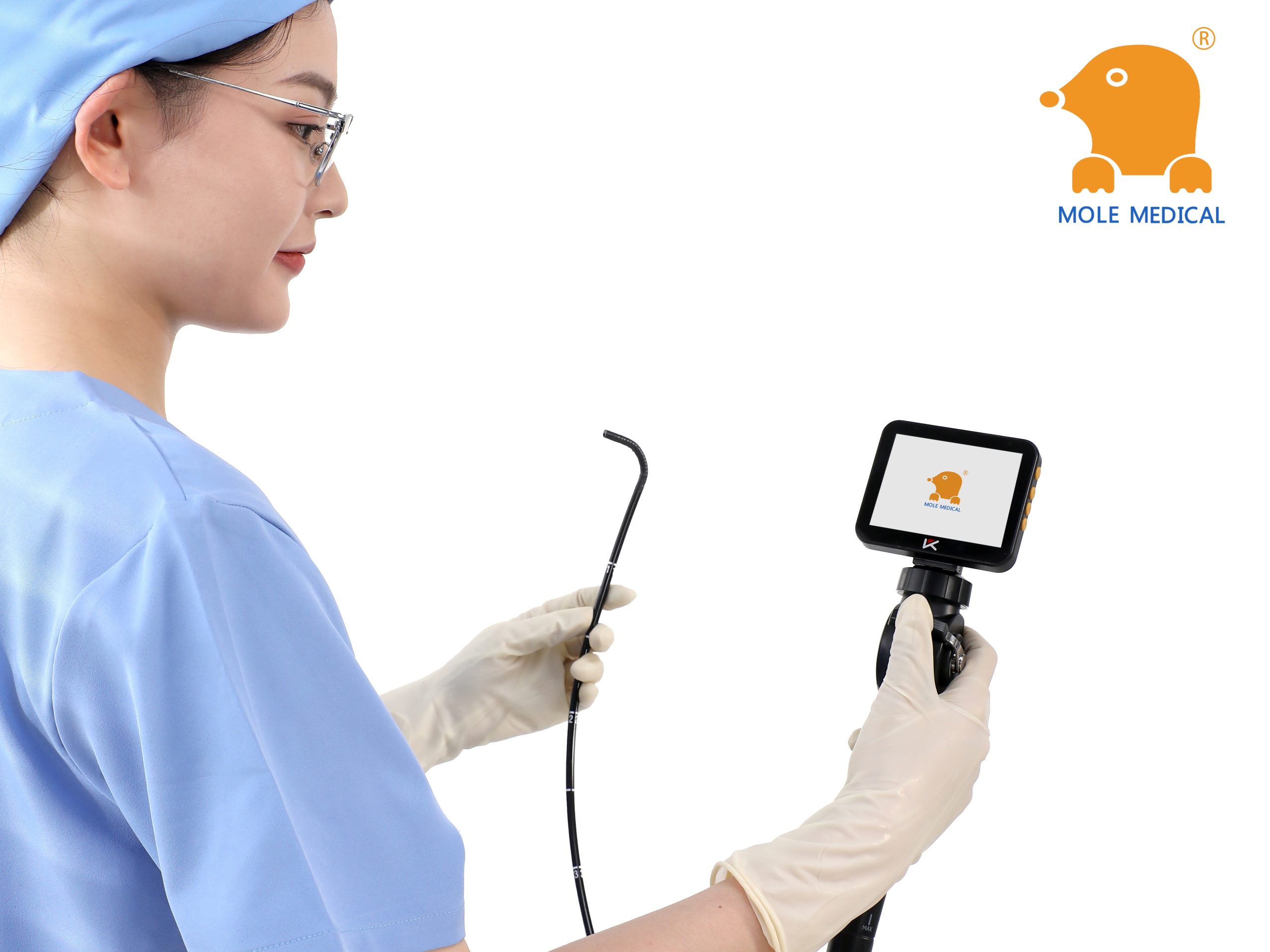
From cleaning to maintenance: a holistic management strategy for Mole medical electronic bronchoscopes
In the modern medical field, electronic bronchoscope is an important tool for the diagnosis and treatment of respiratory diseases, and its accuracy and safety are directly related to the treatment effect and life safety of patients. Mole Medical's electronic bronchoscopes are widely recognized for their superior performance and precise diagnostic capabilities. However, to ensure that this high-end equipment is always in top condition, a comprehensive management strategy from cleaning to maintenance is essential.



